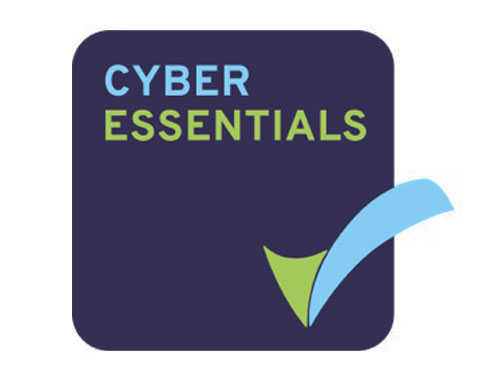The digital skills gap
The hunt for skilled Microsoft talent remains as competitive as ever—perhaps even more so in the past twelve months, as the rapid evolution of technology has led to a surge in demand for the specialized expertise that can drive these projects.
Despite consistent, multifaceted efforts to bridge skills gaps by increasing the supply of qualified professionals, finding the right talent continues to be a significant challenge for both Microsoft end users and partners. The impact of this should not be underestimated: over a third (35%) of organizations we spoke with have been understaffed for more than three months due to unfilled job vacancies, which has significantly affected project timelines and execution.
So, what’s preventing businesses from securing the talent they need to fully leverage Microsoft Cloud solutions? In this section, we’ll examine how this talent shortage is impacting organizations and, more importantly, what employers within the Microsoft ecosystem are doing to address and close these skills gaps.
Does an IT skills gap exist in the Microsoft community?
-
 Yes, there is a skills gap 51%
Yes, there is a skills gap 51% -
 No, there is no skills gap 22%
No, there is no skills gap 22% -
 Not sure 27%
Not sure 27%
Currently, 51% of hiring managers (down from 57%) recognize an IT skills gap within the Microsoft community. Among them, 41% believe the gap has widened over the past year, while another 43% report no change—suggesting that, for many, the skills shortage hasn’t been tackled sufficiently or may be part of a broader issue.
A message from Microsoft
LinkedIn poll
What is your organization’s biggest challenge in closing the digital skills gap?
Among those who believe there is an IT skills gap, 56% highlight the time taken to find talent as the main challenge in bridging the gap in their organization—this was also the main issue reported in our previous study.
| Finding the right talent is time consuming | 56% |
| There is a lack of qualified/experienced candidates in the marketplace | 37% |
| Attracting candidates with the right skills for our industry is difficult | 31% |
| Technology innovation is outpacing skills development | 31% |
| Too much competition for talent | 26% |
| An over-inflated market rate for candidates | 13% |
| Other | 4% |
| Finding the right talent is time consuming | 56% |
| There is a lack of qualified/experienced candidates in the marketplace | 37% |
| Attracting candidates with the right skills for our industry is difficult | 31% |
| Technology innovation is outpacing skills development | 31% |
| Too much competition for talent | 26% |
| An over-inflated market rate for candidates | 13% |
| Other | 4% |
To what extent is the skills gap affecting organizations’ strategic objectives?
-
 Minimally 7%
Minimally 7% -
 Slightly 13%
Slightly 13% -
 Moderately 52%
Moderately 52% -
 Considerably 22%
Considerably 22% -
 Extremely 6%
Extremely 6%
How is the skills gap impacting businesses’ strategic objectives?
| Missing project deadlines | 53% |
| Less growth than expected | 40% |
| Increased workload of current staff | 40% |
| Difficultly keeping up with demand for services | 40% |
| Increased costs due to hiring contractors | 27% |
| Increased staff turnover (e.g. as a result of employee burnout or losing staff to competitors) | 20% |
| Decreased profitability | 13% |
Almost two-fifths (38%, up slightly from 33% in our previous study) of hiring managers express concern about the impact of the skills gap on their organization’s performance.
How high a priority are organizations giving to addressing the talent gap compared to other tasks?
-
 None at all 8%
None at all 8% -
 A little 17%
A little 17% -
 A moderate amount 43%
A moderate amount 43% -
 A lot 30%
A lot 30% -
 A great deal 2%
A great deal 2%
How are organizations looking to address the skills gap?
Need help finding the right skills for your Microsoft team?
Finding the right candidate when Microsoft skills are in such high demand isn’t easy—but Nigel Frank can help you find your next hire. Our extensive database of pre-qualified Microsoft professionals means we have access to an unrivalled network of cloud talent with the skill sets you need to succeed—connecting you with your ideal candidate in no time.

Conclusion
Although fewer hiring managers than last year see a significant skills gap in the Microsoft community, its impact is still widely felt. A substantial 80% of respondents reported that this shortage is having a moderate-to-extreme effect on their organization’s ability to meet objectives. But on a positive note, nearly 60% of employers are now focusing on in-house upskilling to address this gap, investing in their existing workforce and building Microsoft expertise internally.



